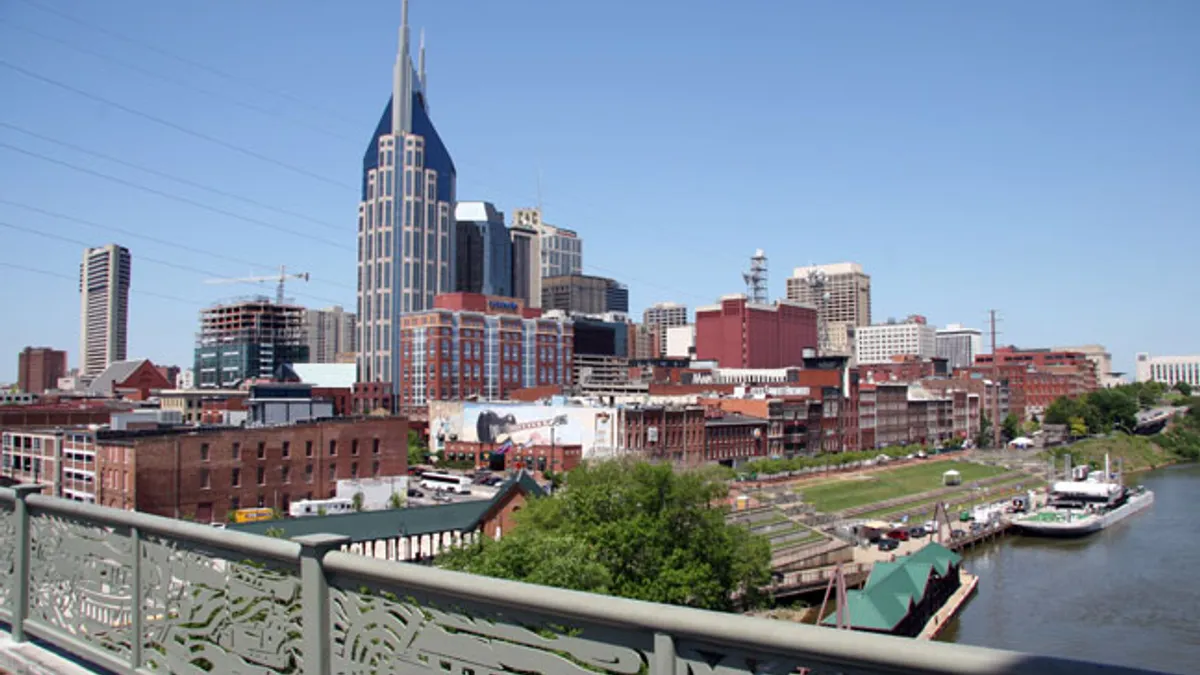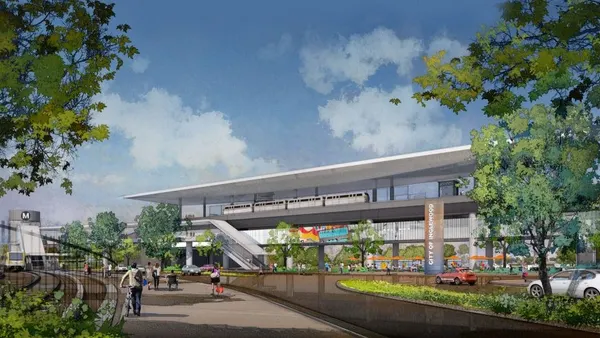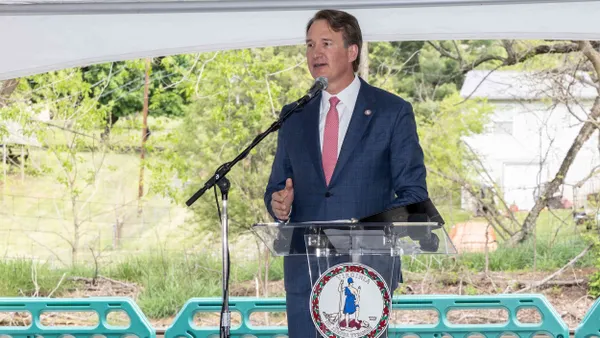Dive Brief:
- The Nashville Metropolitan Transit Authority announced that it is rebranding and now will be called WeGo Public Transit. The agency also has a new logo and color scheme.
- Customer-facing materials and other branded items — including pocket schedules, building signs, employee uniforms and the agency's online presence — will be transitioned to the new logo and color scheme first, to be rolled out over the next year. Bus stops and shelters will convert over the next two years, and the overall rebrand is expected to take three years.
- Funding for the $100,000 project came from the agency's planning budget, which cannot be used for transit services. Ongoing costs are expected to be minimal because many branded items will convert to the new logo when they are scheduled for replacement. The 50 new buses and vans that WeGo is adding to its fleet this year will be manufactured with the new logo and colors painted on the exterior.
Dive Insight:
The timing on this rebranding effort is interesting because Nashville voters handily shot down a $5.2 billion mass transit referendum in May. Tensions ran high on both sides of the issue, especially when a councilman proposed an alternative transit plan the day before early voting began and three weeks before the polls opened.
However, WeGo says the fresh name and look were in the works long before the transit plan debate heated up. The agency says the process began when the city's nMotion planning process to improve transit service was adopted in 2016. "This rebrand is the foundation of many improvements Nashvillians will see implemented over the next year as we seek to identify new and strategic ways to improve public transit in a post-referendum era," WeGo Board Chair Gail Carr Williams said in a statement. WeGo CEO Steve Bland also alluded to the failed referendum in a statement, saying, "Not getting bigger is no excuse for not getting better."
Besides the three-year rebranding effort, WeGo is publicizing system improvements that it is undertaking to better serve customers. It's renovating the main bus station, renovating bus shelters, reworking and streamlining bus routes, introducing Wi-Fi on some buses and upgrading the fare payment system, which will include mobile payments.












